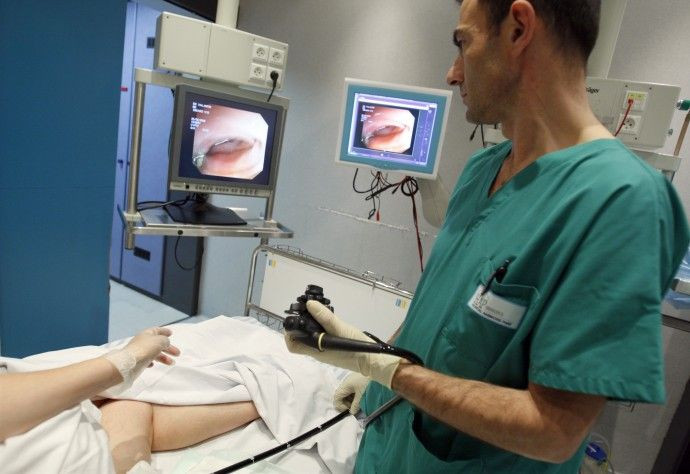New Cancer Treatment: Antimatter Particles Hold Key In Timely Attack Against Growing Tumors
KEY POINTS
- A timer invented by experts permits PET scanners to attack cancer cells in their weakest
- The invention may pave the way to less invasive radiation treatment for cancer patients
- Inventors hoped the technology can be made more affordable in a decade
Doctors may soon kill cancer tumors with less invasive side effects of radiation treatment. This is after a team of experts designed a scanner that can time the antimatter particles that are significant in detecting the levels of the oxygen concentration in cancer tissues. For years, medical experts have witnessed how low levels of oxygen prevented the timely killing of rapidly growing cancer cells.
A team of Japanese atomic physicists and nuclear medicine experts designed a timer that can detect the oxygen concentration of tissues growing throughout ta cancer patient’s body. Specifically, the timer permits the positron emission tomography (PET) scanners to know when to attack the cancer cells in their weakest before they can grow to be more aggressive.
In a study published in Communications Physics, the team of experts from the University of Tokyo and the National Institute of Radiological Sciences (NIRS) in Japan explained that positrons are the positively charged antimatter particles that are extremely low in mass. With how tiny their sizes are, these antimatter particles pose no risk in medical applications. They produce gamma rays that have shorter wavelengths than the electromagnetic waves from X-rays.

“We imagine targeting more intense radiation treatment to the aggressive, low-oxygen concentration areas of a tumor and targeting lower-intensity treatment to other areas of the same tumor to give patients better outcomes and fewer side effects,” Dr. Miwako Takahashi, a nuclear medicine physician from NIRS and co-author of the research, said in a press release.
Detecting the amount of oxygen flow in body tissues could tell doctors when to attack the cancer cells. At present conditions, experts are only able to detect tumors when they already have low levels of oxygen which means they have already developed into a hardened lump of tissues or mass.
Hence, low oxygen levels in tumors indicate that the cells are already aggressive and have become harder to kill. At this stage as well, cancer cells grow to be more resilient against radiation treatment.
The experts hoped that in less than a decade, their findings could lead to better and less invasive cancer treatments that could also be available economically.

© Copyright IBTimes 2024. All rights reserved.




















